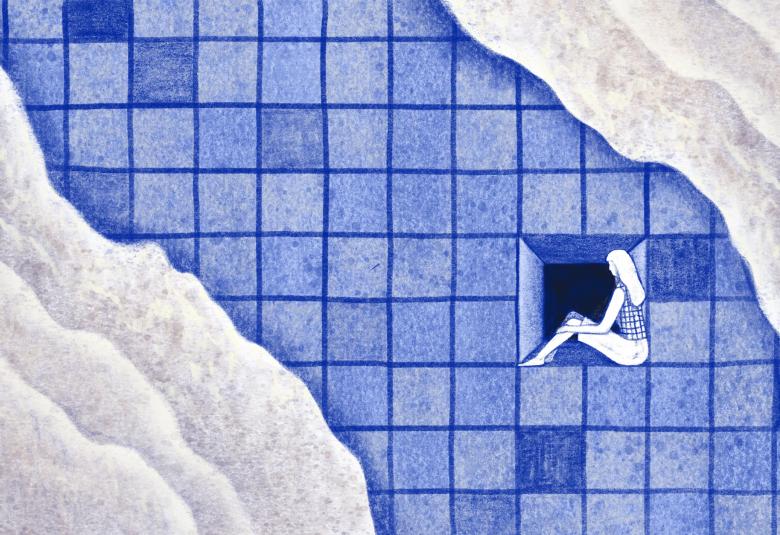The idea of replacing “schizophrenia” with another term evenly splits psychiatric opinion in Europe. The old term carries a century of stigma, and the clinical coherence of the concept is questionable. But is there consensus on anything better? And can we learn from the Japanese experience of changing the term?
There is concern that stigma may simply transfer to a new term
Even its supporters describe the term “schizophrenia” as “alive, but not well”,1 and many psychiatrists call for its replacement. Variants of “psychosis spectrum disorder” have been suggested,2 but there is no consensus on the advisability of change or a replacement term.
This continuing lack of agreement is reflected in the findings of a recent survey presented at EPA by Simavi Vahip (Ege University, Izmir, Turkey), who chairs the EPA Council of National Psychiatric Associations.
Name change not on the European agenda
Switch to “integration disorder” encouraged frank discussion about diagnosis
Responses were received from 29 presidents or representatives of the 44 national associations. In brief:
- 75% of respondents said the term “schizophrenia” had a stigmatizing effect, but only half thought renaming the condition would have an appreciable beneficial effect
- Around two-thirds said any effect of renaming would lessen with time, and 80% thought benefits from renaming might vary with culture
- The most popular alternative name was “psychosis spectrum disorder” (supported by 31%), followed by “integration disorder” (14%); but 28% of respondents did not like any of the ten options they were given.
In only one responding country – Italy -- was a national association actively involved in considering a name change and consulting patients and families. But it is known that such efforts are also ongoing in two countries (UK and the Netherlands) whose representatives did not respond.
Positive signals from Japan
Following a request from the families of people with mental illness, the term “mind split disease” was replaced by “integration disorder” in 2002. The results seem to have been positive.3
The new name was accepted by 78% of members of the Japanese Society of Psychiatry and Neurology, and the proportion of people informed of their diagnosis rose from 37% to 70%. The majority of psychiatrists report that the new name is appropriate for psychoeducation, and people in recovery being open about their diagnosis has promoted the movement against stigma.
South Korea subsequently adopted the new name “attunement disorder” and Taiwan the term “dysregulation of thought and perception”.
Real nature of the syndrome became obscured
“Schizophrenia” is not a coherent clinical or biological concept
Interestingly, when Bleuler suggested in 1911 that Kraepelin’s “dementia praecox” be replaced, he wanted psychiatrists to use the term “group of schizophrenias”. So acceptance of the heterogeneity of phenotype and pathophysiology was there at the start, Sylvana Galderisi (University of Campania Luigi Vanvitelli, Naples, Italy) told the meeting.
But use of the singular term “schizophrenia” took hold in both professional and public discourse, conveying the false idea of a single biological and clinical entity. And – in the case of public perception – the literal translation of the Greek origins of the term as “split mind” created entirely unhelpful confusion with the idea of multiple personalities.
Whether non-Asian countries can escape these unintended consequences of a naming that took place more than a hundred years ago remains to be seen.
Our correspondent’s highlights from the symposium are meant as a fair representation of the scientific content presented. The views and opinions expressed on this page do not necessarily reflect those of Lundbeck.




